Can the brand that pioneered fast fashion undo the environmental devastation its business model has caused?

The world is drowning in clothes. While curbside recycling programs have existed for half a century, there’s no easy way to recycle jeans or dresses, which means many of the 100 billion garments bought each year get thrown out: 92 million tonnes annually, in fact. By 2030, that number is expected to go up to 134 million tonnes.
H&M Group, the Swedish company that pioneered fast fashion, is partly to blame for this waste. It currently churns out 3 billion garments a year and, as of 2019, was sitting on $4.1 billion worth of unsold clothes, some of which are used as fuel for a power plant in Sweden.
The Persson family, which founded the company and still owns the largest share of it, wants to help combat this enormous waste. Seven years ago, the family launched the H&M Foundation, investing $180 million of the family’s private fortune to fund projects that solve humanitarian and environmental problems in the fashion industry. The Foundation is now pouring $100 million of this money into a promising new technology called the Green Machine that could allow consumers to recycle clothes we way we recycle Coke cans. It’s the latest step in a broader effort to recast H&M from one of fashion’s biggest polluters into a problem-solver.
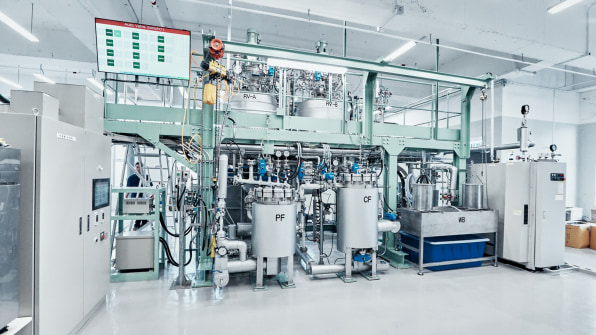
THE EXPLOSIVE RISE OF H&M
The story of H&M is intertwined with that of the modern fashion industry. Erling Persson opened his first store in Västerås, Sweden, in 1947 after a visit to the United States, where he was inspired by the country’s high-volume stores like Neiman Marcus. His son, Stefan, took over in 1982 and built a vast global supply chain, leveraging inexpensive factories in developing countries to churn out off-the-runway looks at such low prices that customers could treat them as disposable. “Our goal from the beginning was to democratize fashion, like what Ikea did by making furniture affordable to many people,” says Karl-Johan Persson, the grandson of Erling, who served as CEO from 2009 to 2019, growing H&M’s footprint from 2,000 stores to nearly 5,000.
In the late ’90s and early 2000s, fast fashion became the industry norm. H&M’s business model was copied by other retailers, from Zara to Walmart to Gap. Selling a large volume of clothes at low prices has proved to be a lucrative business model, but it has had a devastating impact on the planet. Many consumers wear clothes only seven to ten times before throwing them away. Between 2000 and 2015, the number of garments manufactured doubled from 50 billion to 100 billion—and this figure is expected to increase as the middle class grows in Asia and Africa. In addition to creating an overwhelming amount of waste, the fashion industry generates 10% of global carbon emissions and 20% of all wastewater, and it sends half a million tons of microplastics into the oceans.
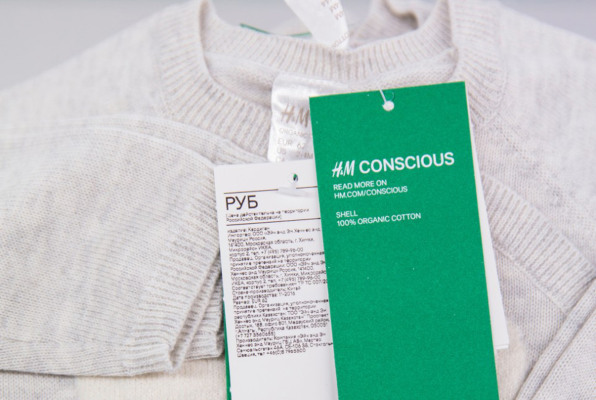
Last year, in yet another sign of its commitment to the planet, H&M Group promoted its head of sustainability, Helena Helmersson, to CEO. Karl-Johan stepped down to become chairman of the company and is a board member of the H&M Foundation, where he’s kept a close eye on the development of the Green Machine.
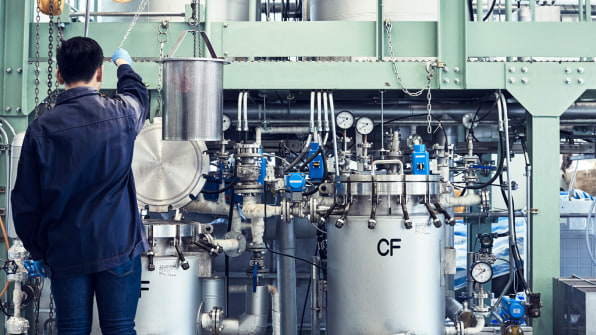
THE GREEN MACHINE
Large scale fabric recycling doesn’t exist, partly because it requires expensive R&D, and most companies don’t have an incentive to invest in exploratory research that may not pan out, according to Erik Bang, who heads innovation at H&M Foundation. But because the H&M Foundation is a nonprofit, Bang says it’s better positioned to “absorb risk.” He says, “we could do the early stage research that others can’t do because it has no commercial value.”


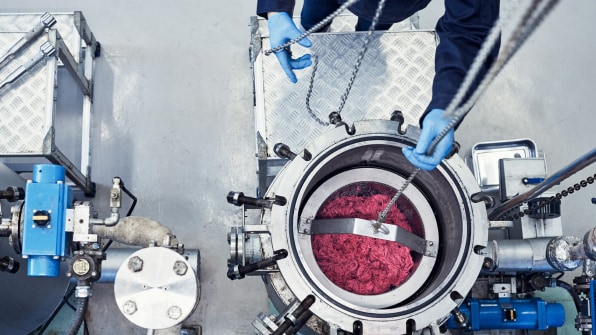
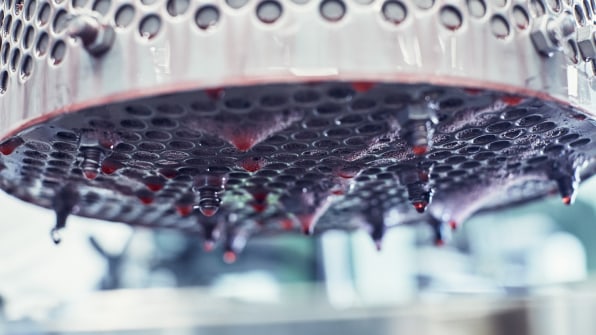
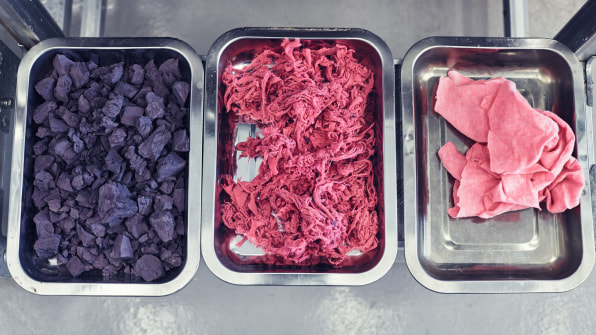
This year, HKRITA built a second Green Machine for Kahatex, a big garment manufacturer in Indonesia, to gather feedback. It plans to update the technology, then sell the machine to other manufacturers. Bang says that industrial recyclers, factories, and fashion brands have expressed interest the Green Machine already. “It’s really important that we maximize the adoption of this technology,” says Bang. “This solution does not belong to H&M, nor do we want it to be perceived as such, but really available to the entire industry.”
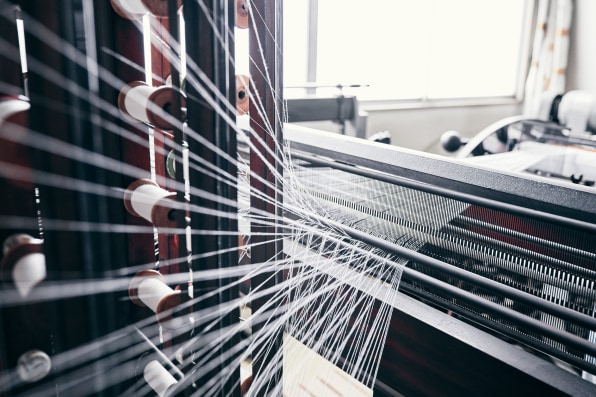
SLAMMING THE BRAKES
While the Green Machine is a big step toward turning garment recycling into a reality, it’s not a silver bullet. Even if the technology proves effective, it will take years for recyclers to build the infrastructure to collect clothes from households. Even then, it’s unclear whether consumers would actually go through the effort of recycling them: Plastic recycling has existed for decades, and still only 9% of all plastic is recycled. “Are any of these efforts to the scale they need to be to avert planetary disaster?” asks Maxine Bédat, founder of the New Standards Institute, a nonprofit which researches sustainability in the fashion industry. “When you actually look at the numbers, the answer is a resounding ‘no.'”
More importantly, experts argue that none of the solutions H&M is exploring—from recycling to using eco-friendly fabrics to shifting to renewable energy—will have an impact if the company continues to churn out billions of clothing items every year. “We need to keep advancing these sustainable technologies,” says Bédat. “But when H&M highlights these circular solutions that are so minuscule compared to their growth trajectory, I think we have every reason to be highly skeptical.”
In other words, if H&M’s leadership wants to reduce the company’s impact on the environment, the most direct way would be to make fewer clothes. Karl-Johan Persson acknowledges that the fashion industry is in a crisis of overproduction, but he disagrees that the solution is to cut back. “There’s no question that we’re producing more garments than people buy, people are buying more than they really need, and the planet can’t cope,” he says. “I think the solution is not to stop consuming, but to preserve jobs. The solution is to consume more responsibly and to invest more resources in innovation that will allow us to be more sustainable.”
Persson says that cutting back on manufacturing could impact H&M’s bottom line, which could lead to job losses for people in factories around the world. But some experts believe it is possible to make less, while maintaining profits. “The solution to the environmental crisis is to change your business model so you don’t rely on increasing volume to sustain your financial targets,” says Francois Souchet, fashion lead at the Ellen MacArthur Foundation. “You need to figure out how to decouple your economic growth from volume.”
This is not as impossible as it seems. Souchet recommends that brands create revenue channels that don’t require making new clothes, such as renting them, creating marketplaces for used clothes, or charging for clothing repair services. H&M Group isn’t opposed to exploring these business models. In fact, it has begun to dip its toes into them: In 2019 it began testing clothing rentals for kids and acquired a majority stake in the secondhand marketplace Sellpy. But for right now, these make up a tiny portion of its overall business.
“The most important thing is the scale and speed at which they operationalize these changes,” says Souchet. “We can’t have incremental improvements here and there, and be satisfied. There has been enough time to pilot and test; it’s time for a complete transformation.”
https://ift.tt/3iTRwJ0
Fashion
Bagikan Berita Ini














0 Response to "H&M is one of fashion's biggest polluters. Now its foundation is on a $100 million quest to save the planet - Fast Company"
Post a Comment